China, a land of mystery and enchantment, is filled with many images: gods and goddesses, mythical creatures, historical characters, dragons, unicorns.
Throughout its history, China has seen many conflicts, religions, and philosophies that have been interwoven into Chinese myths. In many of the well-known Chinese tales, we often find no clear distinction between reality and myth, earth and heaven, history and storytelling, past and present.
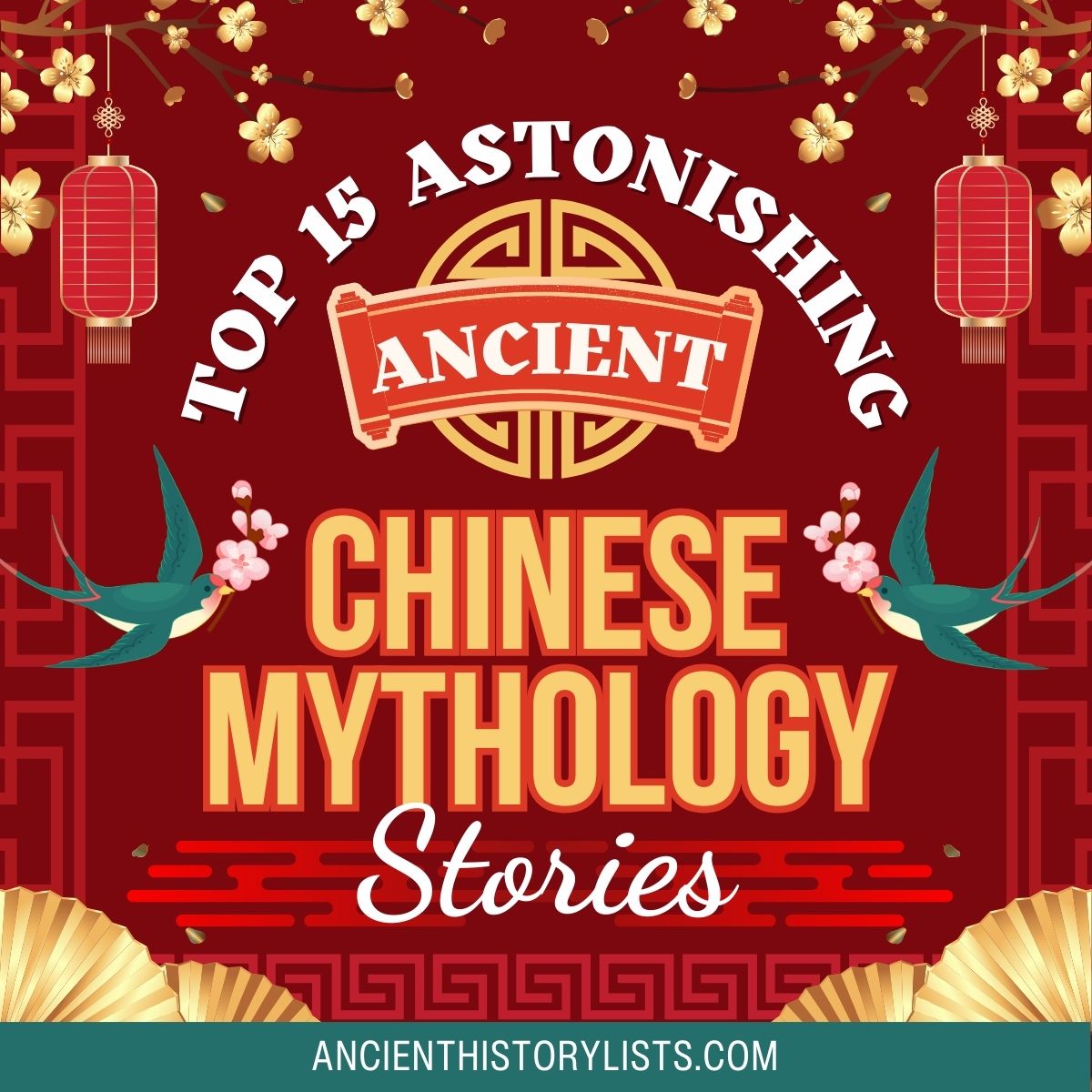
China is a mosaic of divergent philosophies and traditions. And we must remember this when we talk about China’s ancient mythology. Despite their many themes and variations, most Chinese myths possess one common and central element: the battle of ordinary people against great adversity.
Here is a compilation of 15 famous ancient Chinese myths:
15. Chinese Dragon
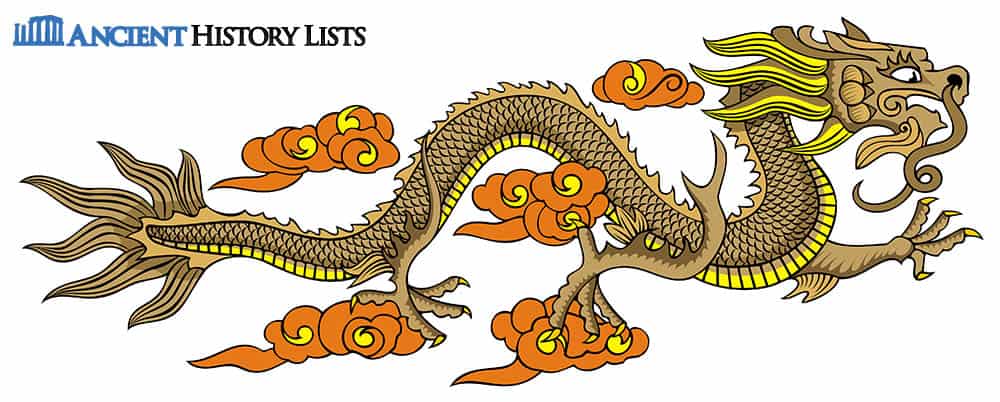
The Chinese dragon is the most iconic creature in the history of China. It is considered to be the controller of water, and dragons in ancient times were symbols of the emperor. They were also thought to bring good luck and fortune. The fearsome and mighty dragon was the noblest of all creatures but at the same time it was kindly and thought to have a golden heart.
Dragons are believed to represent both good and bad. They are responsible for tidal waves and destruction and are worshiped as the protectors of agriculture. Dragons are thought to represent courage, and it is considered auspicious to be born in the Year of the Dragon. This significance has grown out of the fact that many mighty warriors were born in Year of the Dragon.
14. Jade Rabbit
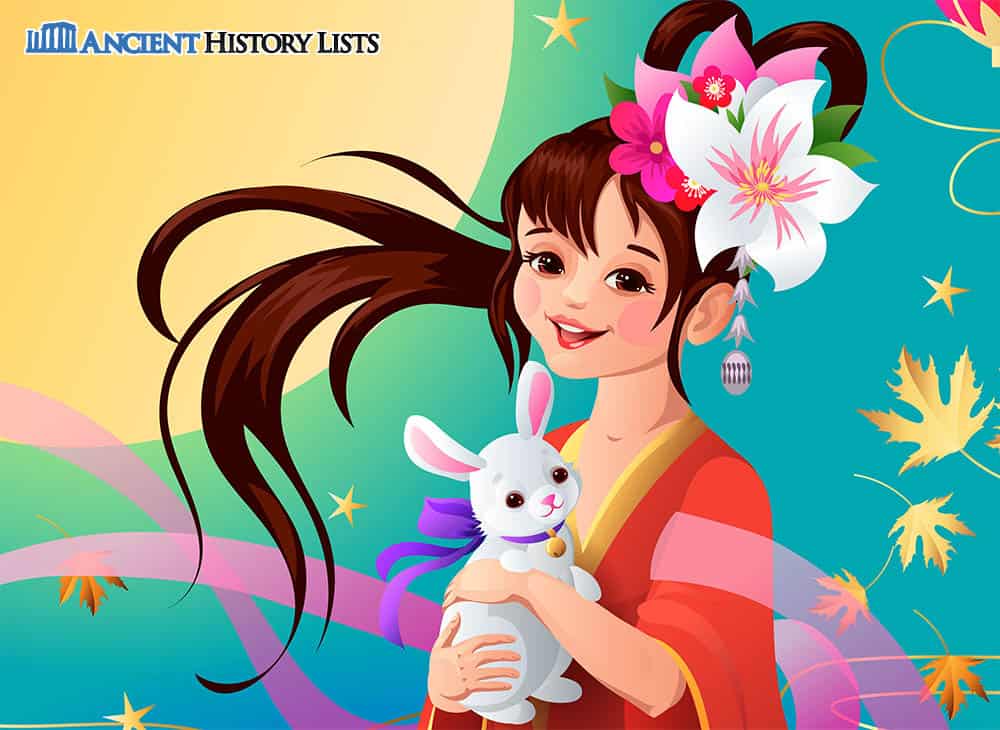
Jade Rabbit is also known as “the rabbit who lives on the moon.” According to mythology, Jade Rabbit is the companion of the moon goddess Chang’o. The story began when a poor old man came begging for food. At that time, the forest creatures, the monkey, otter, jackal, and rabbit, used to bestow benevolence on those in need, as it was thought that doing a good deed today would be repaid tomorrow.
So in order to help the man, the monkey brought fruit, the jackal brought a pot of milk curd, and the otter collected dead fish from the pond. Now the rabbit, who was not very wise and only ate grass, offered himself to the man. But the man did not kill him, and instead revealed his true identity. He was the god Sakra. Later on, he drew the rabbit’s image on the moon to honor it.
13. The Weaver Girl and the Cowherd
This romantic myth tells the tale of two people: the weaver girl and the cowherd. Their relationship was not accepted by society and they were banished to opposite sides of the Silver River. But according to legend, once a year, on the seventh day of the seventh lunar month, a flock of magpies would come together forming a bridge to unite the lovers.
The story is a popular folk story and has been retold in many literary works, taking on many variations. The weaver girl was called Zhinu and the boy was called Niulang. The girl represented the star Vega and the boy represented the star Altair. This story is still celebrated in many forms and festivals.
12. Chinese New Year
Do you love Chinese New Year celebrations when you can mark a new beginning? People all over the world celebrate it with their family, friends, and loved ones, hoping for good times ahead. The most important aspects of Chinese New Year are the decorations and firecrackers. But this tradition has a myth attached to it.
According to Chinese mythology, the nian is a fierce beast who lived underwater and would come out once a year at the beginning of Chinese New Year. He used to feed on animals and humans. But this beast had a weakness: he hated loud noise, fire, and the color red. To ward him off, the Chinese wore red clothes and lit lamps and firecrackers, and this is how the modern Chinese New Year tradition began.
11. The Pilgrimage Mythology
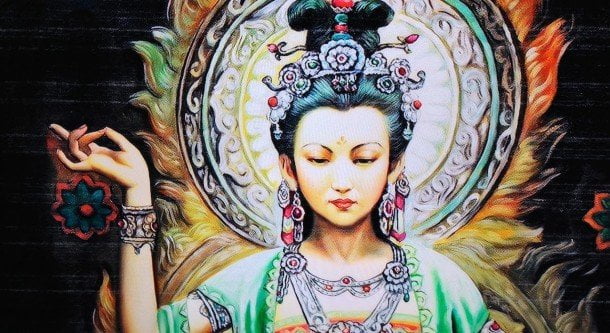
The Pilgrimage Mythology primarily talks about Kwan Yin, the goddess of mercy and compassion. In most of the myths, she is portrayed as a woman holding an infant, dressed in white, and sitting on a lotus.
She was said to have been murdered by her own father. She arrived in hell reciting holy books and the king of hell was very angry with her. He sent her back to the world of the living where she gained spiritual insights from Buddha and later on was blessed with immortality.
The temple of Kwan Yin, located at the summit of Wondrous Peak, has always attracted many pilgrims. The Pilgrimage Mythology also talks about how Buddhism was introduced and flourished in China.
The mythology has it that The Monkey King converted to Buddhism but continued to use Taoist knowledge and skills to combat evil.
10. The Legend of Mirrors
When you look in a mirror, what do you see? Yourself, right? But this is not what the Chinese believed in ancient times. They thought that the reflection in the mirror was not a reflection at all, but a species from another planet. The mirror legend says that these creatures would mimic us to learn our behaviors. Eventually, when they were ready, they would emerge from the mirror and take our place in the real world.
It was also believed that creatures from the past had attacked the population in a thirst to replace them. But they were finally stopped and thrown back to their original home by Emperor Huang Di. The creatures on the other side were called “fish” and it was believed that they could be seen for a split second out of the corner of the eye. They were thought to be the watchmen standing at the gate which served as an interface between the two worlds.
9. The Monkey Myth
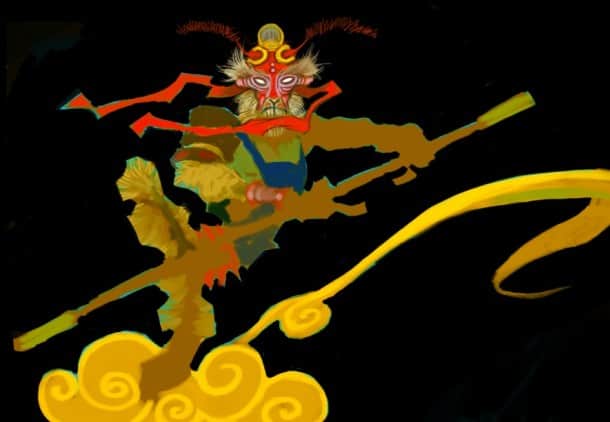
A government official named Wu Ch’eng-en in his popular novel, Journey to the West, tells the myth about the Monkey King, Sun Wukong.
Sun Wukong is the most famous monkey in China. He was said to have been born out of a stone egg that came from a magic rock on the Mountain of Fruit and Flowers.
According to mythology, Sun used to be very naughty and eager to take over the world and it took Buddha a lot of effort to tame him. The Monkey King is characterized by his greedy, but joyful, curious, and extremely popular nature.
Later in his life, he became a loyal companion to the monk Xuanzang on his adventurous journey from China to India and back again.
8. The Unicorn’s Prophecy
The myth of the unicorn’s prophecy sprang up around the life of Confucius. This story introduces the unicorn, the chi-lin, which is considered a sacred animal to the Chinese.
It bears little resemblance to the unicorn of European myths, and is a mixture of many creatures including the deer, ox, dragon, and horse.
The chi-lin has been depicted in myths as a peaceful and timid animal who leaves the innocent alone, but if angered, will jab evil people with its horn. It is said that loyal soldiers embroidered the emblem of the chi-lin on their clothing to show how dutiful they were.
During the 14th century, a real giraffe was sent to the imperial court and many observers claimed it was the reincarnation of the mythical chi-lin.
7. The Moon Goddess
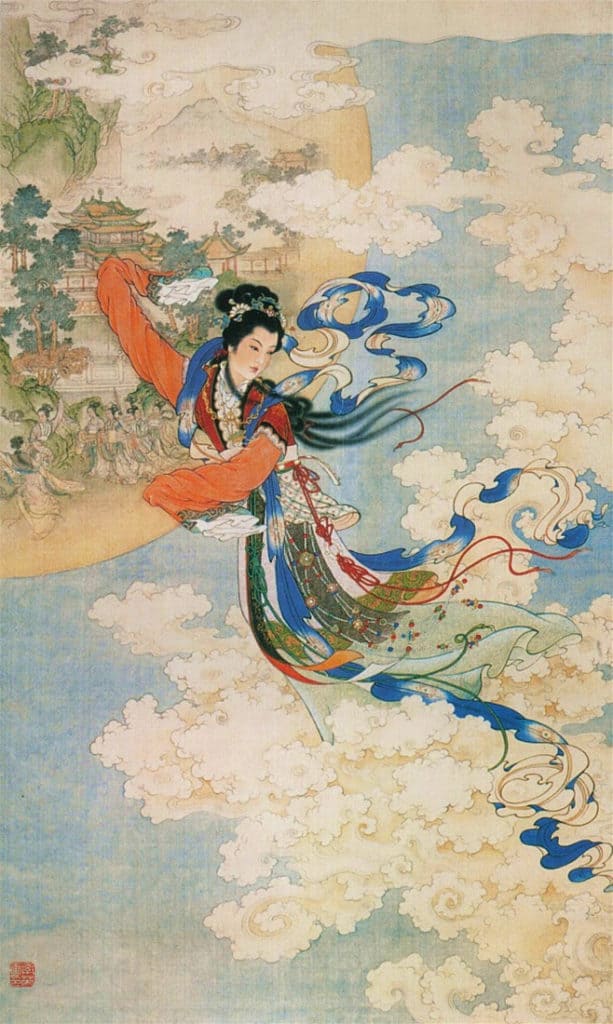
Chang-O (or Chang’e), the Chinese goddess of the moon, is the subject of several legends in Chinese mythology.
The moon goddess myth revolves around Hou Yi the archer, the elixir of life, a benevolent emperor, and the moon.
This popular and interesting story about Chang-O takes you to the distant past where the 10 sons of the Jade Emperor were transformed into 10 suns. The 10 suns rose to heaven and scorched the earth, threatening mankind’s survival. The archer Yi shot down nine of these suns and left only one.
Yi was then rewarded with the elixir of immortality. One day, when Yi was out hunting, his apprentice Feng Meng broke into his house and tried to get the elixir from Yi’s wife, Chang’e. But Chang’e refused to give the elixir to Feng Meng and drank it all herself. As she consumed it, she became weightless and flew upwards towards the heavens and stayed on the moon as a refugee.
6. The Grand Archer Yi
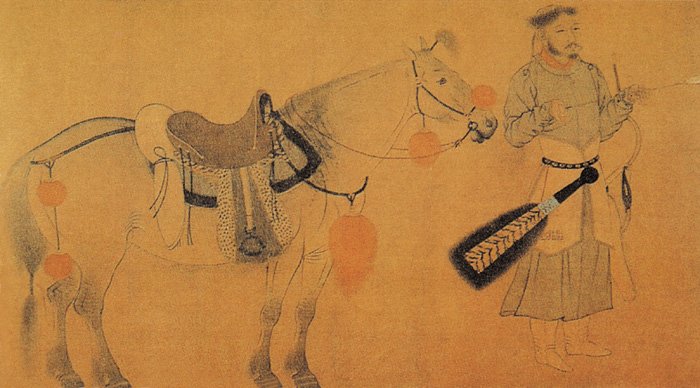
In many ancient Chinese mythologies, we can see gods helping the people. But the Grand Archer Yi is one of the few mortals who has helped the gods.
He is characterized by his great skill at archery. Hou Yi is believed to have lived between 2436 and 2255 BC. Myths about him are linked to the people of the southwestern part of China.
Yi was one of the most famous archers of that time. It is believed that Yi saved the moon during an eclipse and rescued the country from a variety of outbreaks. Hou Yi is also said to have shot down nine of the 10 suns that were burning up the earth in prehistoric times.
See also:
Top 18 Ancient Chinese Inventions and Discoveries
5. Yu Rebuilds the Earth
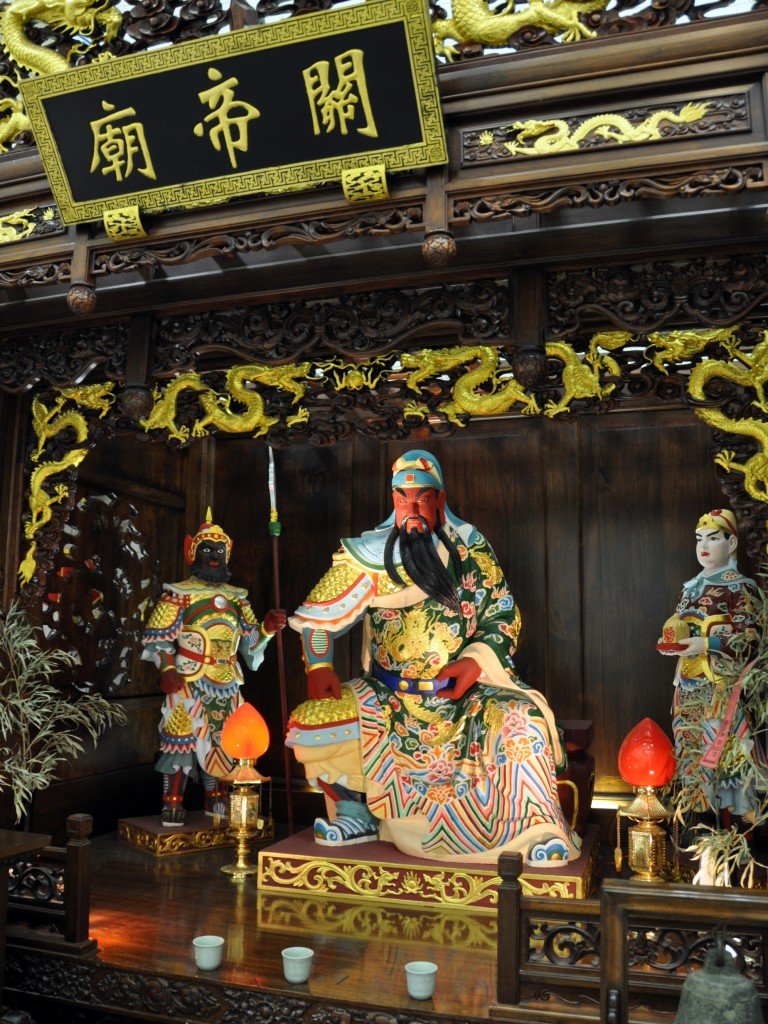
The myth about Yu the Great is based on Chinese legends dating from 2205 to 2197 BC.
Like all demigods in ancient times, Yu the Great could change himself into different shapes whenever necessary. He could transform himself into a bear, a dragon, or a human. Yu is considered to be the first to pass his status as ruler on to his descendants, creating the first dynasty, the Xia dynasty.
However, due to the lack of any archaeological evidence, the Xia dynasty still remains a myth. One of the many legends about Yu tells of his extraordinary birth where a man called Gun was told to control a great flood. He stole a piece of magic soil from heaven to dam the water.
Furious with him, the Shangdi, or supreme deity, issued an order for his execution. After about three years, the miraculously preserved body of Gun was slit open and a son brought forth. He was Da Yu and the one who, after years of hard work, provided outlets to the sea through dredging, with the help of dragons, thus making the earth suitable for human habitation.
4. Water War
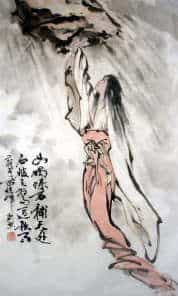
Gong Gong (aka Kang Hui), a Chinese water god, is one of the frequently described characters in ancient Chinese mythology. He is depicted in stories as having red hair and the tail of a serpent.
Gong Gong has been credited in various mythological texts as being responsible for destructive floods. He wrestled to gain control of the earth shortly after the creation of people. Before Gong, Zhurong, the fire god, ruled the world peacefully. But when Gong became the ruler, he wanted to expand his influence by increasing the amount of water in the universe, namely seven-tenths water to three-tenths dry land. So he sent heavy rains and came close to destroying the world in a fierce power struggle with Zhurong.
To counteract the destructive forces of both Gong and Zhurong, Nuwa, the creator of people, appears in this myth. Gong is often seen as an ancient destroyer god and is blamed for many other cosmic catastrophes. By all accounts, Gong Gong ends up being killed or sent into exile.
3. Fushi Teaches the People
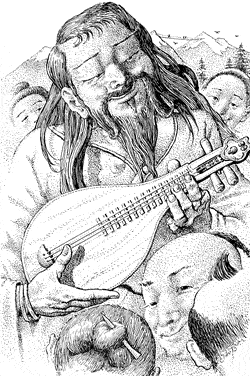
The most ancient myths involve the 10 legendary kings or gods who guided people through their prehistoric beginnings (around 3000 to 2197 BC). They were demigods (half god and half human), who lived among the people and taught them the rules of civilization.
Fushi was the first ruler of this magical period. Many scholars believe that his story is based on an actual monarch who lived sometime between 2953 and 2736 BC. In all the many variations of these mythological stories, Fushi has been depicted as a beloved figure who taught survival skills to the early humans.
He taught people how to use fire, how to cook, how to write, and many other skills like hunting, fishing, and fortune-telling. Some myths depict Fushi as having the body of a human while others depict him as having the head of a human and the body of a snake. In many stories, he is regarded as the husband of Nuwa and they are the creators of civilization.
2. Nuwa Creates People
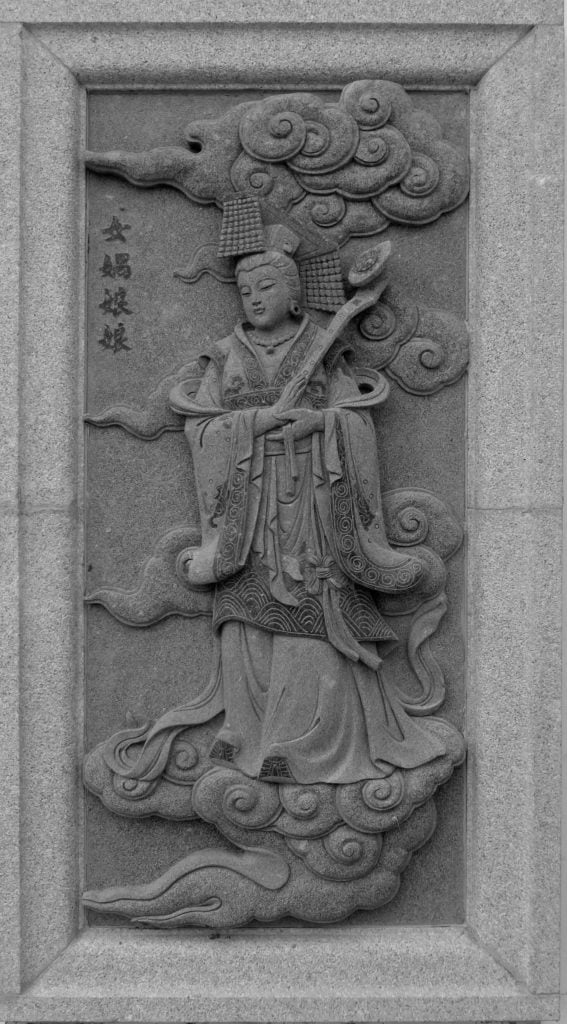
Nuwa (aka Nugua), the goddess of humankind, is one of the most popular characters in ancient Chinese mythology.
According to mythology, Nuwa created mankind and repaired the pillar of heaven and the broken corners of earth which Gong Gong had destroyed in a fit of anger.
In Chinese mythology, Nugua is regarded as the patroness of matchmakers. As the wife of Fushi, she helped establish a model for marriage and regulated the conduct between the sexes. Nuwa is also said to have built a lovely palace that became the prototype for the later walled cities of China. The materials of the palace were said to have been prepared overnight by mountain spirits.
1. Panku (Pangu) Creates the World
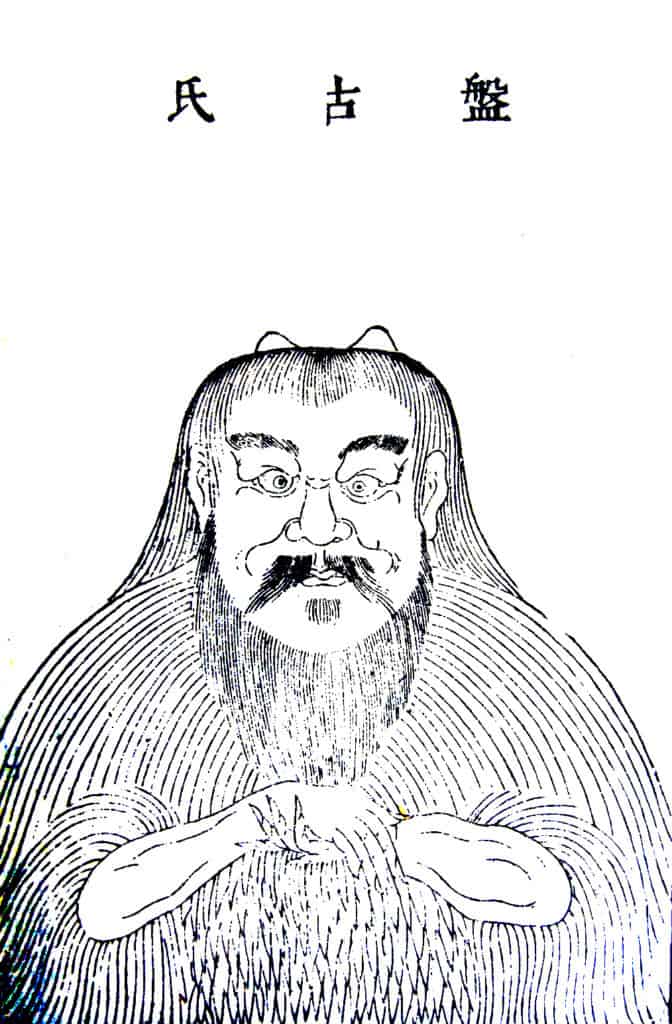
The earliest Chinese mythologies contain many stories of the wondrous rulers of ancient times, but there are no creation stories.
The story of Panku (aka Pangu) is probably the closest Chinese version of a creation myth. Pangu is the central figure in the Chinese Taoist legends of creation. Pangu, the first man, is said to have been created out of the cosmic egg and had two horns, two tusks, and a hairy body.
According to the ancient myths, Pangu is said to have shaped the earth by chiseling out valleys and stacking up mountains. All this was accomplished using his knowledge of yin and yang, the inescapable principle of duality in all things.
Conclusion
When we look at the history of ancient Chinese mythology, writings seem to have begun in the Wei and Jin dynasties (220 to 420 AD).
Influenced by the ideas of alchemy and Taoist and Buddhist superstitions, various writers invented tales of gods and demons. When we read their stories, we see a great imagination and mastery of the written language. The practice of storytelling has continued through the generations. Like many other cultures, Chinese mythology is entwined with history.
Most of these myths date back to ancient times, and some even predate the recorded history of mankind.
I’m from China, and I’ve heard of many of the myths in this article, such as Pangu opening up the sky and creating the earth, Nuwa creating man, Chang’e running to the moon, Cowherd and Weaving Maiden, and so on…the author is fantastic, and is very familiar with Chinese myths and stories.